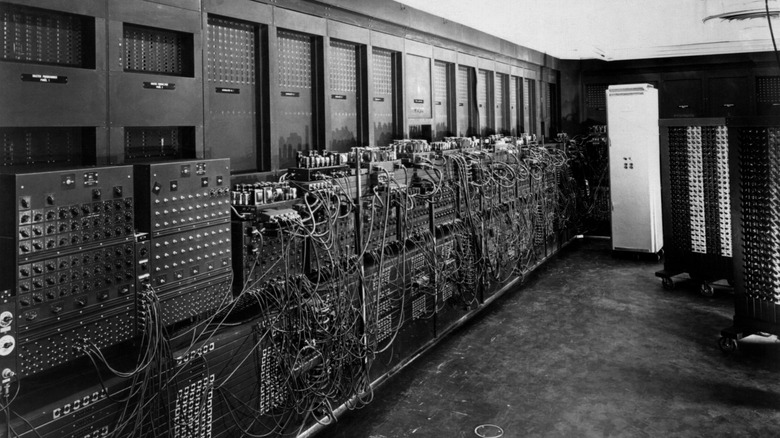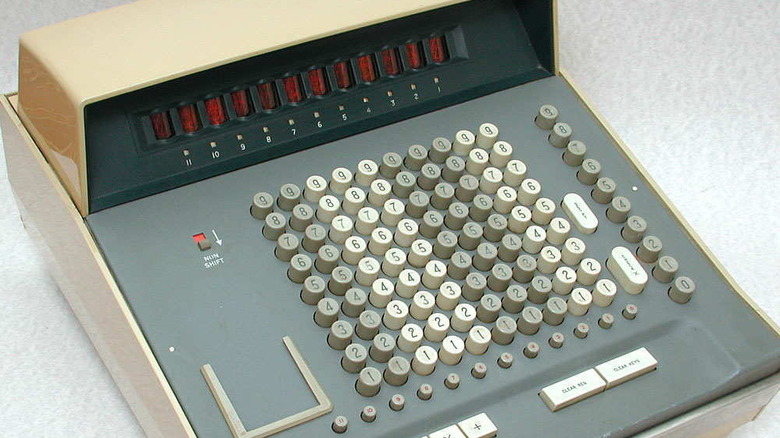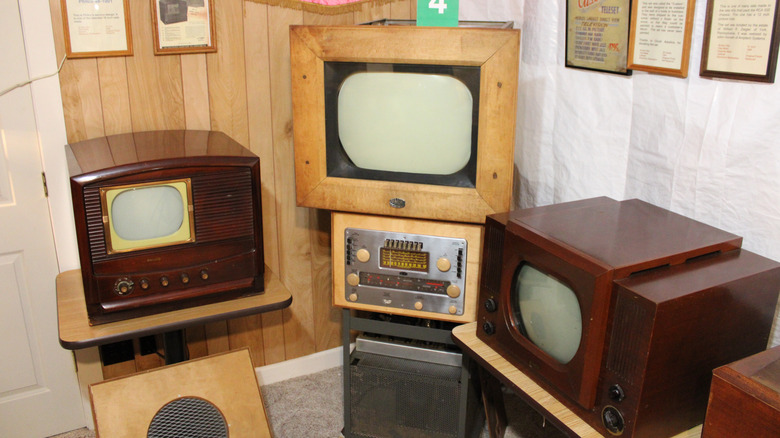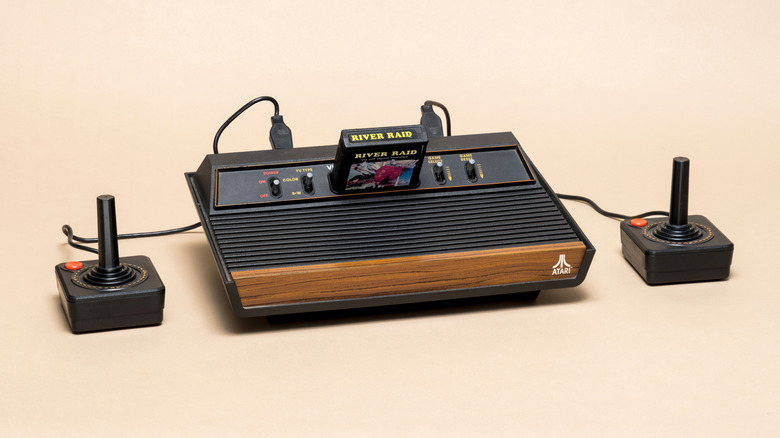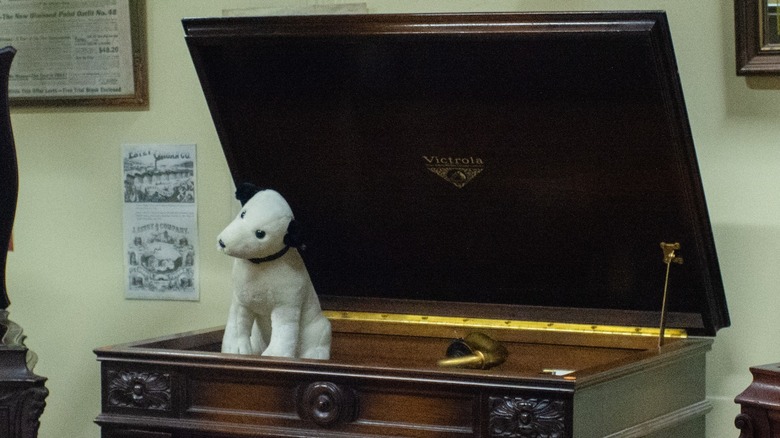Cheap Tech That Used To Be Unbelievably Expensive
We may receive a commission on purchases made from links.
One of the most fascinating things about technology in general is how quickly and explosively it evolves. When one bright-minded tinkerer manages to turn their idea into something tangible (and marketable), hundreds or thousands more will fly out of the woodwork, all experimenting and iterating further on the concept. Eventually, as the development process optimizes, it becomes cheaper to make the device in question, and more people get access to it.
Of course, no matter how quick this process is on the grand scale, few devices start out cheap and widely available. When technology is in this young state, it can be very expensive for a consumer to invest in it. Many of the technologies we take for granted in the modern day started out as highly experimental and pricey concepts, sometimes not even intended for the purpose they ultimately ended up being used for. If you take a casual glance around your room or office, there's a good chance that at least a few of the miscellaneous gadgets you have lying around were once the exclusive territory of the ultra-wealthy.
Computers used to be large in size and price
Personal computing has become such a bedrock, integral part of our lives, that just about anyone on any rung of society can get their hands on a terminal with little difficulty. Even the simplest burner smartphone from TracFone costs less than $50, yet has more computing power than any computer made just a few decades ago thanks to incredible strides in compartmentalization and optimization.
The very first device that could be called a computer was a 1940s military device called the "Electronic Numerical Integrator and Computer," or "ENIAC" for short. This was the very first programmable, all-electronic computer, and it was, in a word, gigantic. ENIAC's programming plugboards took up the entirety of a massive room, a much larger room than your average office. ENIAC was constructed by a team of researchers at the Moore School of Electrical Engineering at the University of Pennsylvania with a government grant to the tune of $500,000. That's already a lot, but if you adjust for inflation, you're looking at about $6 million. All that for a device that probably couldn't even play Solitaire.
The first automated calculator was prohibitively expensive
Pocket calculators have reached a point of ubiquity that nobody even needs to buy a standalone one anymore. We all have calculator apps in our smartphones and computers, which we almost always have easy access to. Even if you did need a standalone calculator for some reason or another, you could get one off of Amazon for around $6, less than the cost of a day's lunch.
While calculators may seem like extremely basic technology by today's standards, though, the idea of a self-running calculation device used to be the realm of science fiction. Before proper calculators, the only tool anyone had to perform complex equations outside of their head and a piece of scratch paper was an abacus. That started to change in the 1960s with the release of the Anita MK-8, the very first electronic desktop calculator. "Desktop" was certainly an apt descriptor, as this thing was about the size of a mid-sized modern laptop. One of these things ran for 355 British Pounds, up to over 6,700 Pounds when adjusted for inflation.
TV sets were once the exclusive realm of the wealthy
While a TV isn't exactly the cheapest device a home could have, it's certainly much cheaper than it used to be. In a similar vein to PCs, improvements in digital technology have allowed for easier creation of displays in a greater variety of sizes. As long as you don't mind a smaller display and, perhaps, buying used, you could get a 24-inch set from a brand like Vizio for around $100.
It could be said that the price of TVs directly reflects the ubiquity of TV programming. Naturally, when watching TV at home was a new practice, they were much more expensive. Television broadcasting technically began in the late 1920s, but it was a highly-experimental practice limited to a single neighborhood in Washington D.C. The practice became more common with the launch of the National Broadcasting Company in the late 1930s, but actually owning a set was still prohibitively expensive. One of the earliest home TV sets, the Dumont Model 180, originally retailed for $395. Adjust for inflation, and you're looking at around $7,420 for a device that couldn't even show colors.
The first Atari game console was the ultimate Christmas present
Buying the latest and greatest home game consoles or a beefed-up gaming PC can still be pretty expensive. The hobby of gaming in general, though, is miles more accessible than it originally was. If all you wanted was to play some old Atari games, you could get a handheld Atari console with a hundred games loaded up for around $40, and that's if you specifically wanted a standalone device. You can play Pong for free in your web browser.
In the 1970s, though, if you wanted to play video games, it was home consoles or nothing. Specifically, it had to be Atari's first home video game console, the Atari 2600. While technically not the first home console ever made, a distinction held by the Magnavox Odyssey, the 2600 was the device that made video games simple and accessible enough to be enjoyed by just about anyone. Of course, by "just about anyone," we mean "anyone who had $199 to burn." That's what it cost to get just an Atari 2600 console when it was released in 1977, to say nothing of even a small suite of game cartridges to go with it. Adjust that flat price for inflation, and you're looking at around $870, more than any modern home console costs today.
Listening to music at home used to be quite the investment
The enjoyment of music has gone hand-in-hand with technological development for decades. Devices like the Sony Walkman allowed us to take our music on the go with cassette tapes, and the original iPod allowed us to store an entire library of tunes in a single device. All of these functions have now been integrated into our phones, to the point that paying for a standalone music player can feel strange. If you did want a standalone MP3 player, you could get one from Amazon for around $30, possibly less.
At the turn of the 1900s, though, the mere act of listening to recorded music at all was a fascinating new realm. The earliest sound recording and playback devices were figured out in the mid-to-late 1800s, originally intended for conveying audible messages or dictation. The first commercially-available home record player was released around 1895. One example of a player released around then was the Victrola phonograph, released in 1906. This device cost $15, which doesn't sound like a lot, but if you adjust for inflation, its true price was around $450.

